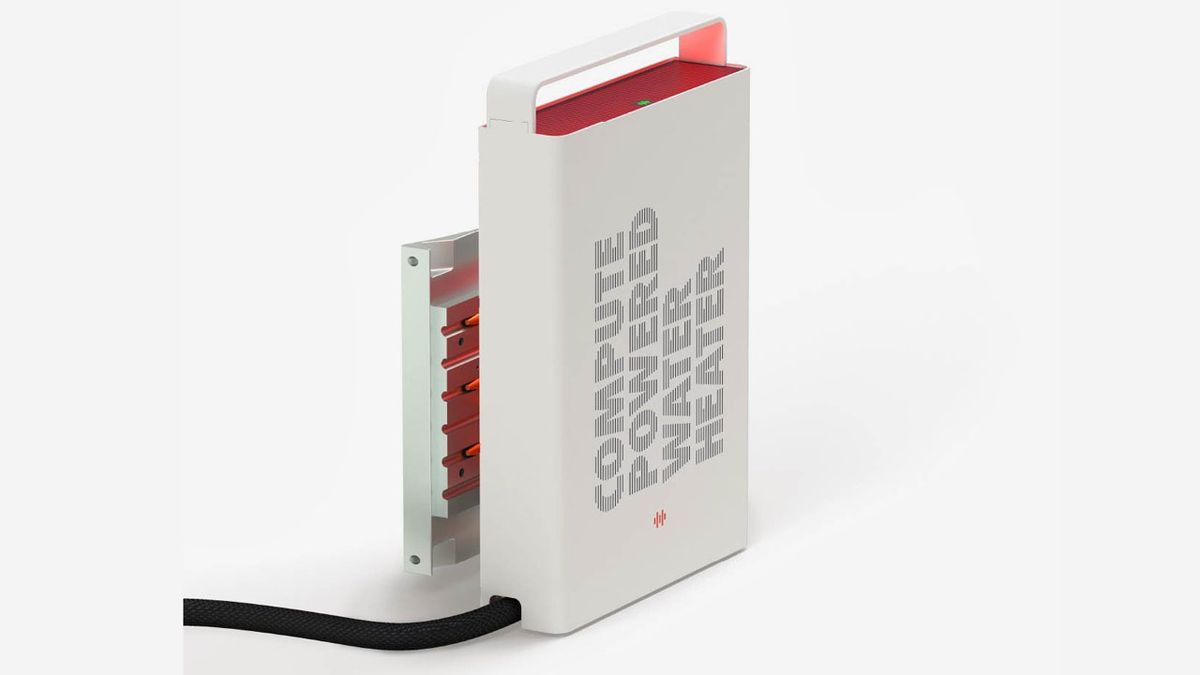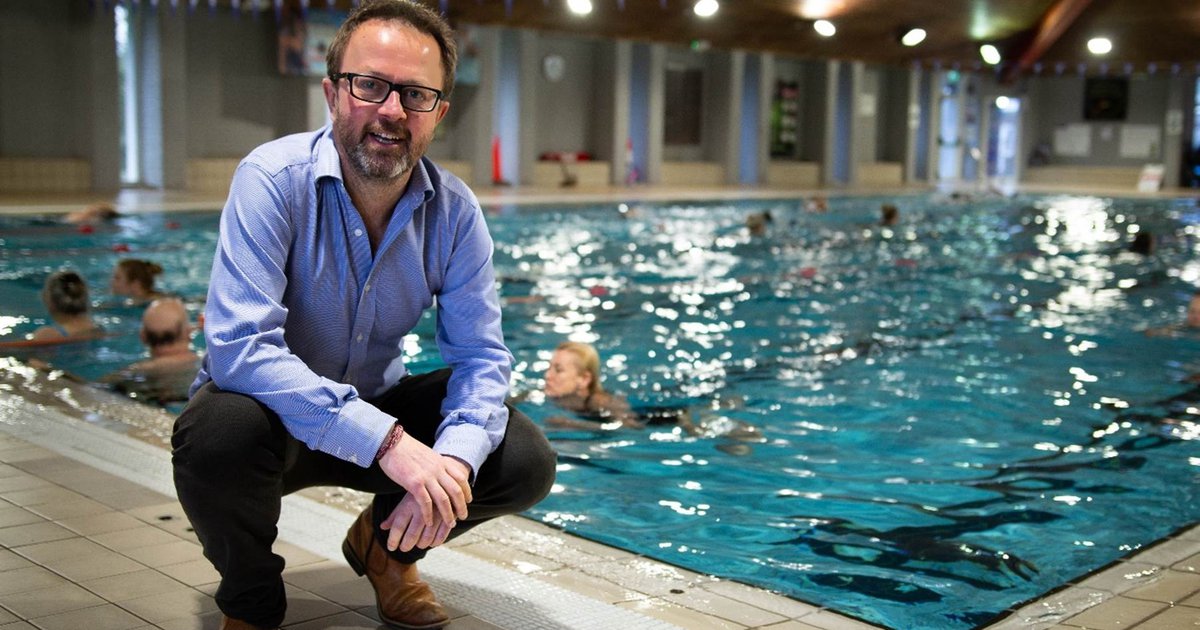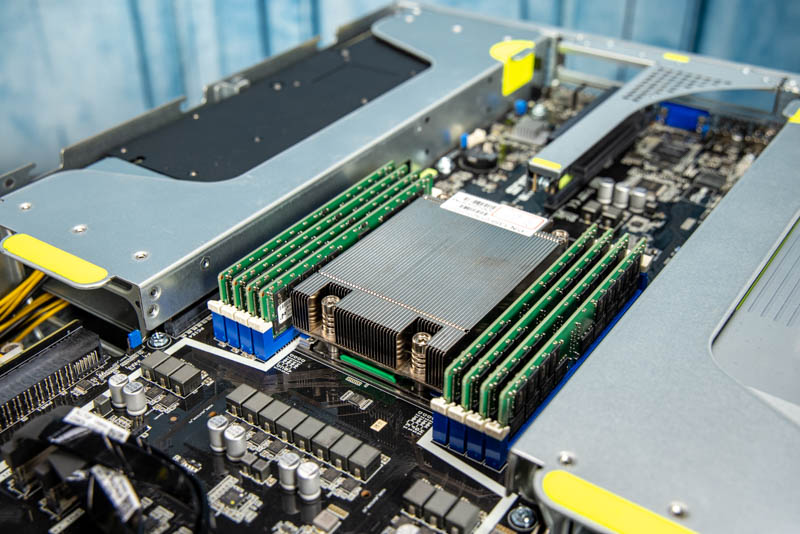Deep Green's
site has branding from Dell, Nvidia, and US immersion cooling specialist GRC but apparently builds its own tanks, which could reach a capacity of 40kW, the company said. Craggs told
DCD by email: "We have been working with our own tubs at the moment but are in conversations with GRC and Submer about utilizing their kit for future installations."
The tubs contain AMD Epyc single CPU servers from Dell, each configured with four A100 80Gb PCIe GPUs and 4TB of SSD, Craggs said. The servers are installed on an "open chassis, to ensure the most efficient heat transfer."
Overall, the HPC cluster at Exmouth has 12 four-CPU cards, CEO Bjornsgaard told
DCD online. The servers are being used for AI training and machine learning workloads at the moment but could be configured for cloud services and video rendering in the future.
"At this early stage, we're renting the compute bare metal to AI/machine learning people through the aggregators," said Bjornsgaard, adding that the company is hopeful that media coverage of the story will attract direct compute customers in the future.
The Exmouth Leisure Centre has a 25m swimming pool as well as a children's pool which needs around 222,000 kWh per year to heat. "Our expected heat transfer from the kit is 139,284 kWh a year, equivalent to 62 percent of the pool’s heat needs," said Craggs. There is room in the compute tub for extra servers that could extend this to 70 or 80 percent of the pool's heating needs.






